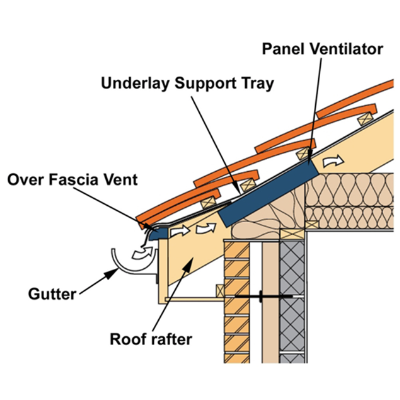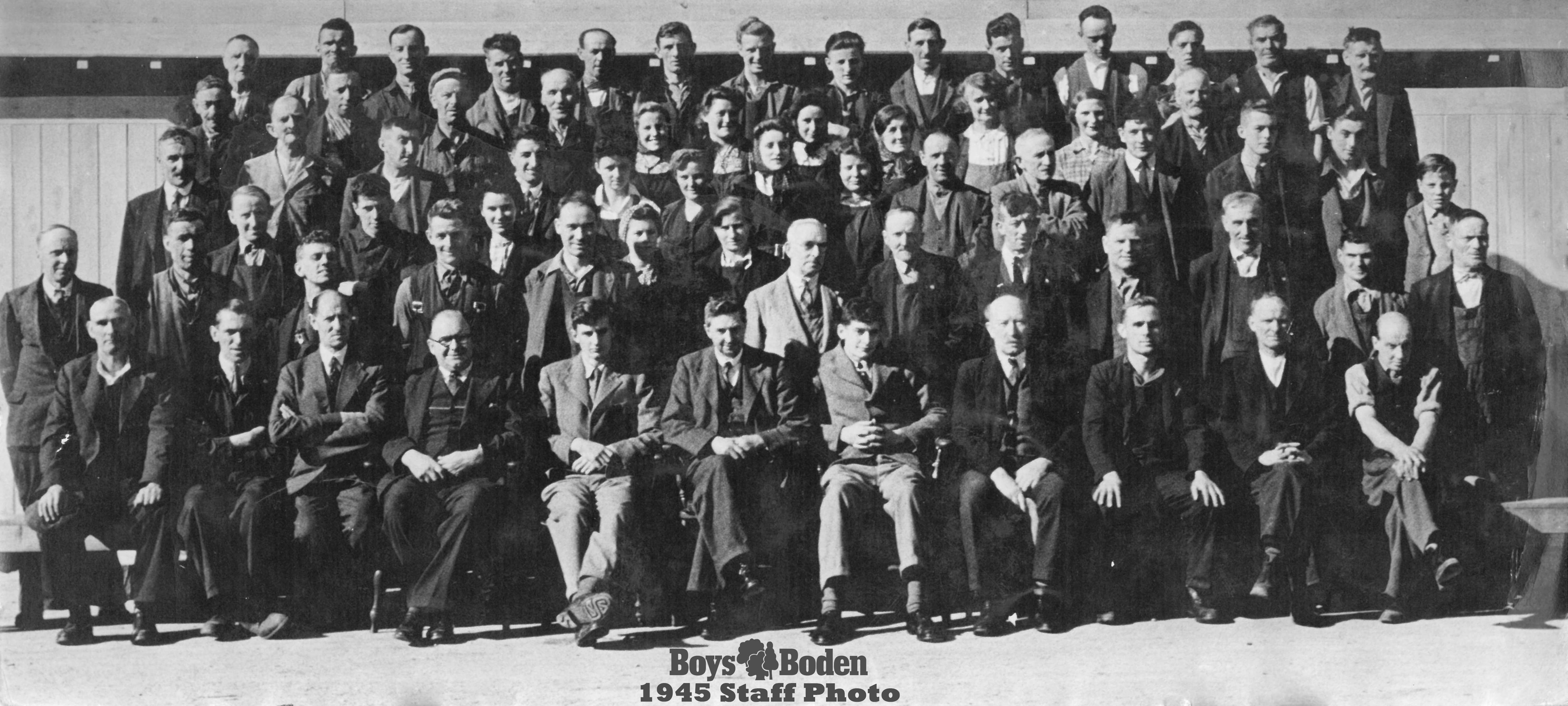what is roof ventilation?
Roof ventilation is the process of allowing air to flow through the roof space of a building. The aim of roof ventilation is to reduce the buildup of heat and moisture in the roof space, which can lead to a range of problems, including mould growth, decay, and roof damage.
There are several different types of roof ventilation systems available. These include passive ventilation, where vents or air bricks are installed in the roof, and mechanical ventilation, where fans are used to circulate air. The type of system used will depend on the specific requirements of the building and the available space.
The benefits of roof ventilation are numerous. By reducing the buildup of heat and moisture in the roof space, the risk of mould growth, decay, and roof damage can be reduced. Roof ventilation can also help to improve indoor air quality, as it allows fresh air to circulate through the building.
passive roof ventilation
Passive roof ventilation systems typically consist of vents or air bricks that are installed in the roof.
These vents allow air to flow into the roof space from the outside, and out again through vents or air bricks on the opposite side of the roof.
This process creates a flow of air, which helps to reduce the buildup of heat and moisture in the roof space.

mechanical roof ventilation
Mechanical roof ventilation systems use fans to circulate air through the roof space.
These fans can be powered by electricity, solar power, or wind power, depending on the specific requirements of the building.
Mechanical ventilation systems can be particularly effective in buildings with limited roof space, as they can create a flow of air even in areas where passive ventilation is not possible.








